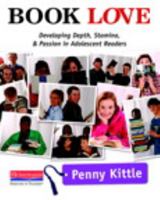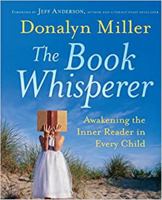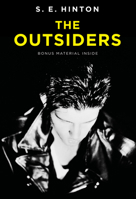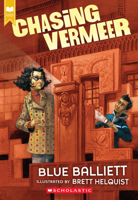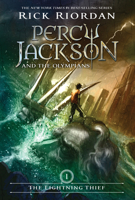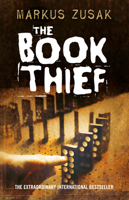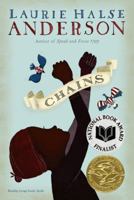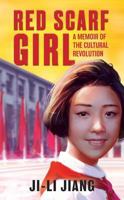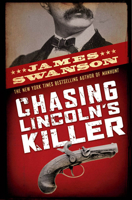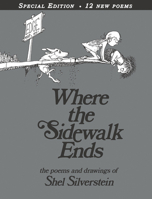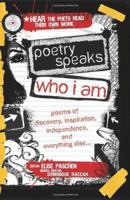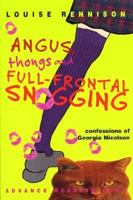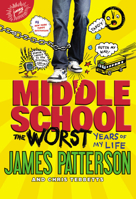Cultivating Readers
How to Build a Classroom Library
By Ashly Moore Sheldon • August 28, 2019
The Why
We all know reading is important, but let's review some of the key benefits, shall we? Obviously it's a way to gain knowledge and improve vocabulary skills, but it has also been shown to reduce stress and improve sleep. Not surprisingly, readers have also been shown to have superior focus and concentration. On top of that, studies show that readers are also kinder, more empathetic people.
In this digital age, reading books is becoming more and more of a scarcity among young people. Yet at the same time, it's more important than ever! Conditions like ADHD, anxiety, and depression have been on the rise during the last two decades, according to the CDC.
Here's where teachers come in to save the day! For many kids, the classroom is where they will get the bulk of their reading experiences. ThriftBooks is proud to serve as a resource for teachers when it comes to stocking up on inexpensive books. Creating a really robust classroom library is one way that teachers can model and generate a love for reading. We can also recommend some terrific books with strategies for cultivating readers. One of our favorites is The Book Whisperer by sixth-grade teacher Donalyn Miller. Another great choice is Book Love by English teacher Penny Kittle. These books include detailed tips on developing your classroom library, but to get you started now we'll give you a quick primer on the how, what, and upkeep of classroom libraries.
The How
Creating a functional and enticing classroom library is no small task. Here's a great article with tons of details on the ins and outs of getting started. But we'll summarize the basic action steps here:
Curate: Garage sales and thrift shops are a great place to procure inexpensive books. If you mention you're a teacher, they may even offer a better deal. Another great place to look is ThriftBooks, of course.
Categorize: Sorting the books by genre can be a way to make the library more engaging to young readers. Once they figure out what they like, i.e. sci-fi, history, comedy, etc, they can easily peruse books of that specific type.
Label: You can use a stamp, stickers, or even just a sharpie, but make sure your books are unmistakably labeled with your name on the outside cover. You can write your name on the sides of the book, across the surface of the closed pages to make it very clear. You can also add a label to each book indicating its genre. This will make organizing your library much easier.
Catalog: You will want to make sure you have a comprehensive record of your books so that you can keep track of them. This could be done using something like a spreadsheet. This website is a nice online option.
Organize and Display: There's a reason that booksellers display a lot of books with the cover facing out. It makes them more enticing. So if you have the space, use bins to sort your library into sections. Only the book at the front of the bin will be showing, but it will be easy for your students to thumb through the books, looking for the one that they want.
The What
There are obviously a plethora of book genres and categories to choose from, but we've listed some to consider and a few teacher-recommended books for each from a We Are Teachers poll of over 200 educators. These books are generally recommended for grades 6—8.
Realistic fiction:
The Outsiders by S. E. Hinton
Wonder by R. J. Palacio
Mystery:
The Westing Game by Ellen Raskin
Chasing Vermeer by Blue Balliett
Fantasy/Sci-fi:
The Giver by Lois Lowry
The Lightning Thief by Rick Riordan
Historical fiction:
The Book Thief by Markus Zusak
Chains by Laurie Halse Anderson
Biographies/Memoir:
Night by Elie Wiesel
Red Scarf Girl by Ji-li Jiang
Science Human Body:
A Book With Guts by Simon Basher and Dan Green
One Minute Mysteries: 65 Short Mysteries You Solve With Science by Eric Yoder
History:
Chasing Lincoln's Killer: The Search for John Wilkes Booth by James L. Swanson
Hannah's Suitcase by Karen Levine
Poetry:
Where the Sidewalk Ends by Shel Silverstein
Poetry Speaks Who I Am by Elise Paschen
Humor:
Angus, Thongs and Full-Frontal Snogging by Louise Rennison
Middle School, The Worst Years of My Life by James Patterson and Chris Tebbetts
The Rest
So now that you have created a library for your students, how will you maintain it? Keeping your library organized could be a rotating classroom task, or maybe there's a specific student that would thrill at being the classroom librarian.
Lay the ground rules with your students about how to care for books. Model good book behavior and consider posting a list with guidelines like using bookmarks instead of dog-earing the pages, keeping the books clean and dry, and being careful not to tear the pages.
You'll also need to make some decisions about your systems. How will students check out books? This could be as simple as a notebook or binder stationed in the library where students sign out books. Other things to think about:
- Can students take books home or are they just for classroom use?
- How long can they keep them?
- What's your policy for lost or damaged books?
We hope this guide on creating a classroom library is helpful to a few of you. If you're a teacher with more input or books to recommend, feel free to let us know! And follow us on Facebook, Twitter, and Instagram to get daily book recommendations and more.










